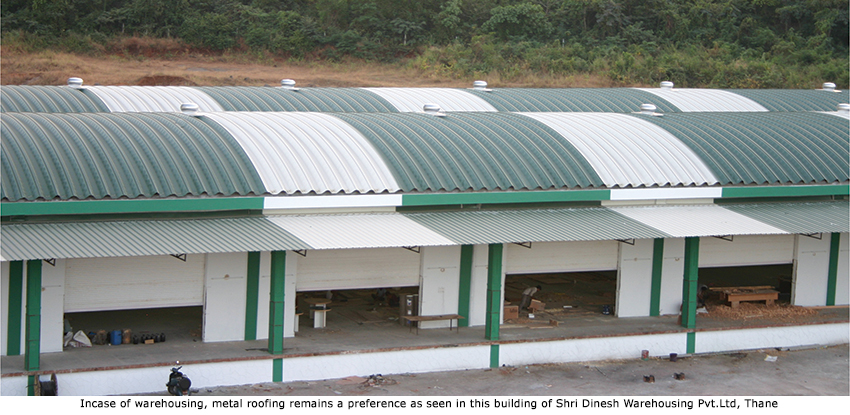

Since then, public attention has largely moved to other areas. The landing of Apollo 11 was watched by over 500 million people around the world and is widely recognized as one of the defining moments of the 20th century. The Soviet Union proceeded tentatively with its own lunar landing program which it did not publicly acknowledge, partly due to internal debate over its necessity and the untimely death (in January 1966) of Sergey Korolev, chief engineer of the Soviet space program. From 1961 to 1964, NASA’s budget was increased almost 500 percent, and the lunar landing program eventually involved some 34,000 NASA employees and 375,000 employees of industrial and university contractors. The Space Race reached its peak with the Apollo program that captured the imagination of much of the world's population. Prior to the first attempted human spaceflight, various animals were flown into outer space to identify potential detrimental effects of high g-forces in takeoff and landing, microgravity, and radiation exposure at high altitudes. Eisenhower created the National Aeronautics and Space Administration, commonly known as NASA. In 1958 the United States launched its first satellite, Explorer 1.

Much of the technology developed for space applications has been spun off and found additional uses, such as memory foam. The race resulted in rapid advances in rocketry, materials science, and other areas. The Space Race between the United States and the Soviet Union began in 1957 with the launching of the first artificial satellite Sputnik 1. Weighing 83.6 kg (184.3 lb) and orbiting the Earth once every 98 minutes. The Space Age was an era of new military, political, technological, and scientific developments which began with the Soviet Union's Octolaunch of Earth's first artificial satellite Sputnik 1. The Space Age is a period encompassing the activities related to the Space Race, space exploration, space technology, and the cultural developments influenced by these events, beginning with the launch of Sputnik 1 during 1957, and continuing to the present. From white interiors with vivid pops of color, the period popularized pedestal chairs, white furniture, and vividly colored designs.The Space Launch System lifts off on its maiden flight to space, then on to the Moon.
#SPACE AGE ROOF TECH SERIES#
As an example in the hit TV Sci-Fi series Space 1999 (1975-77) production design sought to use futuristic features such as the popular Sorella Table lamp by Harvey Guzzini in an effort to appear as contemporary as attainable. Ephemeral and visually captivating pieces that rejected the traditional the rise of plastics to replace wood as the leading material of the moment. Imaginative forms and bright colors captured the spirit of the period, and trendy furniture was bought for its fashionable nature rather than its ability to last. The Space Age aesthetic within the interior design world began to materialize, a reflection of its domineering presence in popular culture. Designed with the intention of being simple and easy to replicate, this golden arch design is one of the earliest and most successful examples of architectural branding. Designed by architect Stanley C Meston, to capture the attention of those passers-by, the structure features two parabolic arches in yellow, designed to mimic the M within the McDonald's logo. Image © Mary Anne EnriquezĪs the oldest surviving restaurant in the chain, the McDonalds in Downey, California (1953) is another classic example of Googie architecture. Save this picture! The Worlds first McDonalds (1953), California. Influences including car culture and both the space and atomic age offered a basis for these new and outlandish architectural forms. It presents forms symbolic of that of motion, visualizations of flying saucers, atoms etc. Popular in the design of gas stations, motels and coffee houses, the style is characterized by its heavy use of glass, steel, neon, up-swept roofs and geometric shapes. The rise of Googie architecture in the US from the mid-’40s to the '70s originated in California. The Space Age aesthetic completely changed the way designers visualized the new world and left a dramatic impression on architecture and interiors. The era would give way to rapid advancements in technology and huge accomplishments including the moon landing in 1969. Upon the closure of WW2, both the Soviets and the Allies found themselves in a state of antagonism, as they both began to struggle to make advancements in space exploration before the other, a race for space. The dawn of nuclear power, dramatic advances in rocketry, and the desire to be the first to put men into space and on the moon, kick-started an era known as the ‘Space Age’.


 0 kommentar(er)
0 kommentar(er)
